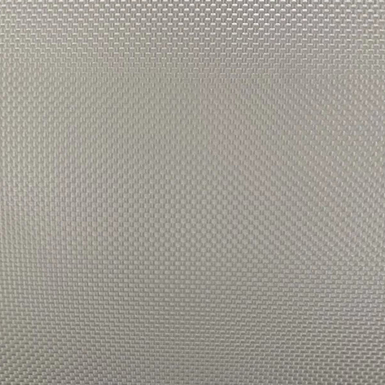Architectural membrane fabrics are revolutionizing the world of modern architecture, offering a unique combination of design versatility, structural integrity, and energy efficiency. These advanced fabrics, made from materials such as polyvinyl chloride (PVC) or polytetrafluoroethylene (PTFE), are redefining the boundaries of what is possible in building design, creating iconic structures that seamlessly blend form and function.
Architectural membrane fabrics have gained popularity due to their ability to transform spaces and create awe-inspiring structures. The flexible nature of these fabrics allows architects and designers to explore innovative shapes, curves, and textures that are not easily achievable with traditional building materials. From sweeping canopies and domes to dynamic facades and retractable roofs, architectural membrane fabrics empower architects to push the boundaries of creativity, resulting in visually striking and iconic landmarks.
Beyond their aesthetic appeal, architectural membrane fabrics offer functional benefits that contribute to sustainable and energy-efficient building design. These fabrics possess excellent light transmission properties, allowing natural light to filter through, reducing the need for artificial lighting and enhancing the well-being of occupants. Additionally, the translucent properties of certain membrane fabrics create a sense of openness while maintaining privacy, striking a balance between connectivity and seclusion.
The lightweight nature of architectural membrane fabrics also offers significant advantages in terms of structural efficiency. Compared to traditional building materials, such as concrete or steel, these fabrics weigh significantly less, resulting in reduced construction costs and environmental impact. The flexibility and tensile strength of the fabrics allow for wide-span structures that require fewer supporting elements, maximizing open and flexible interior spaces.
Architectural membrane fabrics excel in their ability to provide weather protection and thermal performance. These fabrics are engineered to withstand extreme weather conditions, including wind, rain, and UV radiation, ensuring durability and longevity. The high-performance coatings and surface treatments applied to the fabrics offer excellent resistance to fading, staining, and degradation, ensuring that buildings maintain their aesthetic appeal over time.
Moreover, the thermal properties of architectural membrane fabrics contribute to energy efficiency by reducing heating and cooling loads. The fabrics can be designed to provide insulation, effectively controlling indoor temperatures and reducing reliance on mechanical HVAC systems. This thermal efficiency translates into energy savings and a reduced carbon footprint, aligning with sustainable design principles.
Architectural membrane fabrics have found applications in a wide range of structures, including sports arenas, exhibition centers, transportation hubs, and even residential buildings. Their adaptability and customizable options, such as color, translucency, and printability, make them suitable for various architectural styles and project requirements. From creating a focal point in public spaces to providing shelter and shade in outdoor areas, architectural membrane fabrics are transforming the way we experience built environments.
In conclusion, architectural membrane fabrics have become a game-changer in modern architecture, offering a perfect blend of design flexibility, structural integrity, and energy efficiency. These fabrics empower architects and designers to push the boundaries of creativity, resulting in visually stunning structures that capture the imagination. With their functional benefits, including natural light transmission, structural efficiency, weather protection, and thermal performance, architectural membrane fabrics are paving the way for sustainable and innovative building design. As the architectural industry continues to evolve, we can expect to see more breathtaking structures utilizing the transformative power of architectural membrane fabrics.


.png)
 English
English 中文简体
中文简体















